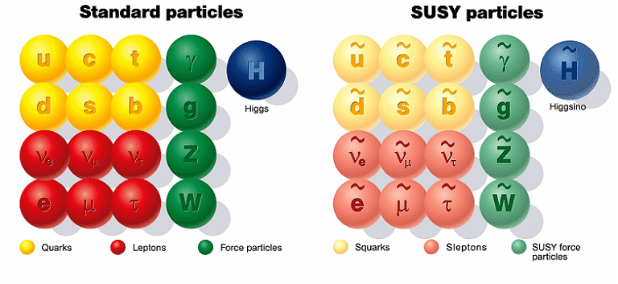Researchers at the Large Hadron Collider have detected one of the rarest decay particle found in nature, dealing a big blow to the supersymmetry theory in the process.
SUperSYmmetry
“Supersymmetry may not be dead but these latest results have certainly put it into hospital.”, explained Prof Chris Parkes, who is the spokesperson for the UK participation in the LHCb experiment.
Supersymmetry, or SuSy, in short, has gained popularity as a way to explain some inconsistencies in the widespread accepted subatomic model – The Standard Model. The results were reported at the Hadron Collider Physics conference in Kyoto, and were released in a yet unpublished paper.
SuSy claims that all particles of one spin have other particles that differ by half a unit of spin and are known as superpartner. If this were true, it could explain dark matter and other phenomena we still don’t understand yet.
LHC strikes back
The theory was becoming more and more popular throughout the scientific circles, but LHCb had a different story; it measured the decay between a particle known as a Bs meson into two particles known as muons. This is the first time this decay was observed, and the team calculated that for every 1.000.000.000 decays, this specific type of decay happens only 3 times; if supersymmetry were followed to the letter, the decay would happen far more often. This particular experiment was one of the golden tests for the theory, and it failed – badly.
Prof Val Gibson, leader of the Cambridge University LHCb team was quite snappy about the whole thing: “[it is] putting our supersymmetry theory colleagues in a spin“.
Cementing the Standard Model
The result were, in fact, exactly in the line of what you would expect from the Standard Model.
“If new physics exists, then it is hiding very well behind the Standard Model,” commented Cambridge physicist Dr Marc-Olivier Bettler, a member of the analysis team.
The results are not entirely ruling out the existence of superparticles, but they’re really running out of places to hide. Therefore, it was quite surprising to see the response of Prof John Ellis of King’s College London, one of the theory’s biggest supporters:
“In fact,” he said, “(it) was actually expected in (some) supersymmetric models. I certainly won’t lose any sleep over the result.”
Is it just denial, or does he know something we don’t?










